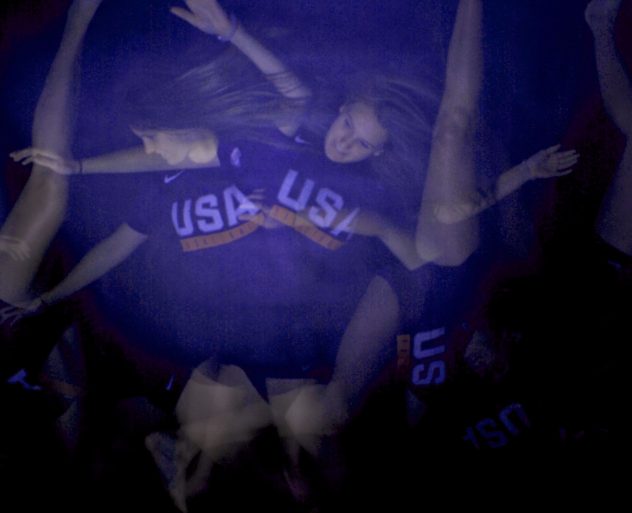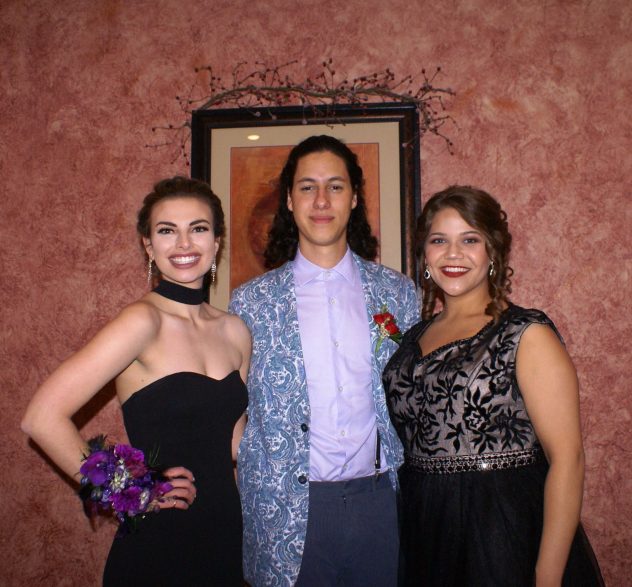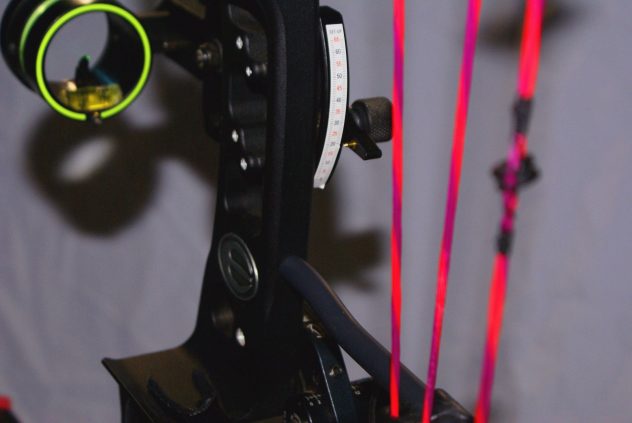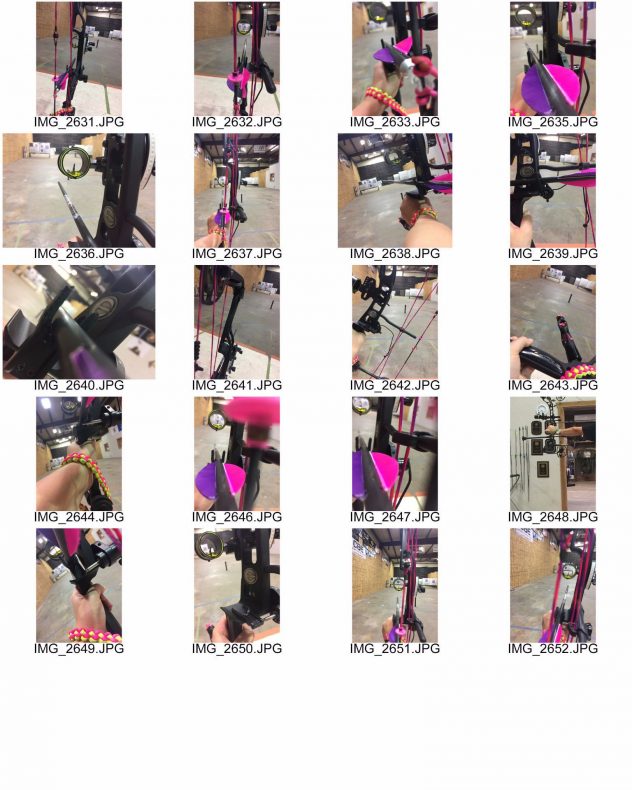


Author: emmamoody
Stroboscopic part 1
- Aperture- You need this due to the flash. This technique calls for aperture for specific exposure. between f/8 and f/16 should work
- Lighting- keep it simple. lighting will, and should, depend on the final intent of the image you are trying to create.
- Clarity- you want crisper, more pronounced outlines of your subject, the clarity slider in Lightroom can be used
- Neutral backdrops- nothing crazy keep it simple. Make your model your focus. That is super important.
- The right time – keep a timer so as not to over expose and still get a crisp image
- Direction- once everything is set up, you need to explain to your subject how to move. Give your model direction in what to do
- A tripod- this will give you a steady image and a great result.It is important!
- A strobe or flashgun- this is the most basic requirement. You need the strobe to produce the faded light affect
- manual settings- your camera MUST be on manual setting for this to be pulled off properly
- Patience- It can be hard and frustrating at times. You need a great mind set and patience to achieve the best image
Light room Practice



Advertising




Magazine Cover

26 things list 5
Vision Board

recreation photos


Iconic Image & Lighting part 1
What is the light source?
Studio Lighting
What direction is the light coming from?
Direct on their faces
What is the best way to recreate the lighting you see in the image?
In the studio with front lighting
Where is the camera in relation to the subject?
Directly in front of the people
How is the person posed in relation to the camera?
Directly behind the camera
What is the light source?![]()
Studio Lighting
What direction is the light coming from?
From the left a
What is the best way to recreate the lighting you see in the image?
In the studio with a light at the left of me
Where is the camera in relation to the subject?
Directly in front of her
How is the person posed in relation to the camera?
Directly behind the camera
Lighting with color



 26 things 5
26 things 5